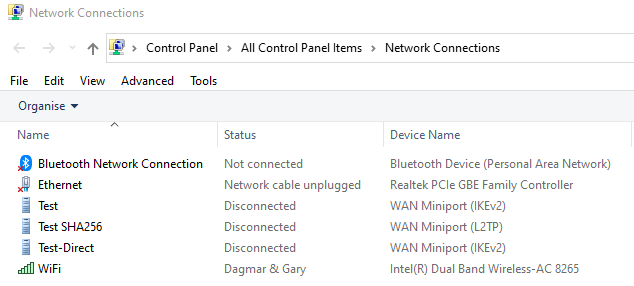@Evren Yeni Hi,
Thank you for posting in Q&A!
I agree with Gary, the Connection Manager Administration Kit (CMAK) only supports windows client to deploy VPN connection.
According to my reasearch, macOS built-in VPN client supports the PPTP, IKEv2, and L2TIP/IPsec VPN protocols. If you want to mannually configure a VPN for Mac, you will need to tab-in the server address, account name etc. while these information are all managed by your network administrator.
Since that we don't have the Mac OS to test, I would suggest you to contact the administrator to get the information needed by VPN connection. It seems that it's the only solution so far can be found.
Hope you have a nice day : )
Gloria
============================================
If the Answer is helpful, please click "Accept Answer" and upvote it.
Note: Please follow the steps in our documentation to enable e-mail notifications if you want to receive the related email notification for this thread.
https://learn.microsoft.com/en-us/answers/articles/67444/email-notifications.html



